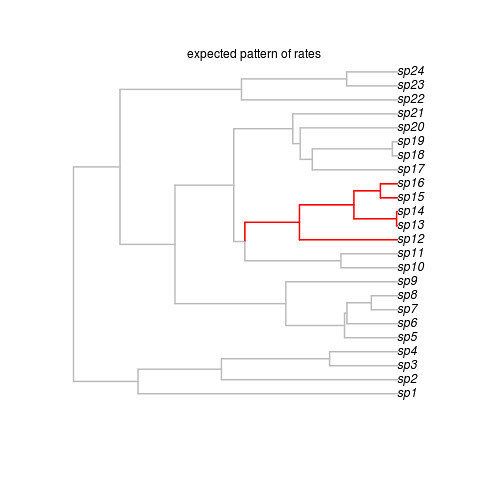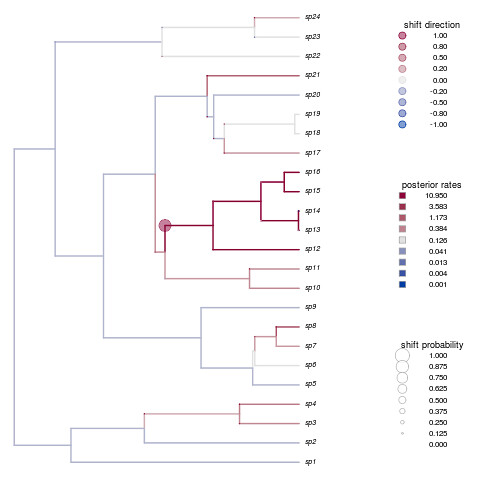There is a
growing body of evidence that light levels have a profound effect on the evolution of eyes. Most of these studies deal with comparisons between different species, but now there is a new intriguing twist to the story. In a paper recently published in Biology Letters, Eiluned Pearce and her PhD supervisor Robin Dunbar present data indicating that light levels drive intraspecific variation in visual system size among human populations.
Pearce and Dunbar found a positive correlation between absolute geographic latitude and the size of the eye socket (orbita) and brain cavity in humans. Museum collections house a large number of human skulls with known geographic origin [assuming modern migration can be excluded; the study does not provide the historic age of the skulls], and this came in quite handy for the purpose of this study. Pearce and Dunbar quantified eye size by filling the eye socket with small glass pearls and measuring volume in graduated cylinders, which should be a pretty good proxy of eye volume. Brain cavity was filled with wax beads, instead. To account for scaling effects, they measured the size of the foramen magnum (that’s the large, round skull opening at the base of the skull), a well-supported proxy for body mass in humans. All in all, Pearce and Dunbar measured skulls from 12 different populations (55 skulls total), with a good range of geographic latitudes (1-64deg).
One might think that the correlation between latitude and visual system size may be partially driven by shared ancestry of populations, because many of the high latitude populations have small genetic distances. However, this is apparently not the case: a phylogenetically informed linear model yielded equivalent results.
So, why do human populations at high absolute latitudes have larger eyes? Well, it may indeed be related to light levels. Illumination and day length decrease with an increase in absolute latitude, which means that populations in the far North and South are exposed to lower light levels. And large eye size may improve light sensitivity. Let’s focus on this in more detail.
A large eye can have a larger optical aperture (pupil), i.e., more light can enter the eye chamber. However, the higher number of photons entering the eye does not necessarily result in better light sensitivity, somewhat in contrast to what Pearce and Dunbar say. The light-gathering capacity of an eye also depends on the size of the retinal image, or, the size of the area over which the photons are spread out or distributed. As a larger eye can also have a longer focal length, the retinal image will be larger, as well.
Physiological optics provides simple equations that help to predict how to optimize sensitivity. For example, light sensitivity to extended sources is approximated by means of the f-number (focal length/aperture diameter) or the optical ratio (aperture/[retinal diameter x focal length]). Both proxies are ratios and hence they are independent of eye size. It’s the relative size of the aperture that matters.
However, there is another possible mechanism to improve light sensitivity. The optical system is obviously only one part of the visual system. Another pathway is to increase summation, or the convergence of photoreceptors on ganglion cells. Summation increases light gathering capacity at the cost of visual acuity. So, how does visual acuity compare among different populations? Visual acuity can be approximated by the ratio of focal length/ganglion cell density. If the degree of summation, i.e., density of ganglion cell does not vary among populations then populations with large eyes should have better acuity. Intriguingly, this is not the case as Pearce and Dunbar show, which strongly suggests that populations at high latitudes have higher summation and, accordingly, better light sensitivity.
It is possible that the requirement to maintain good visual acuity at lower light levels drives the evolution of larger eyes in high-latitude populations. Thanks for a great article, and I hope that many of you will now get the calipers (glass pearls, laser-scanners, you name it) out and measure eye size in non-human subjects.



 used a PGLS approach to examine patterns of body size and scale evolution in relation to latitude and climate among
used a PGLS approach to examine patterns of body size and scale evolution in relation to latitude and climate among 









